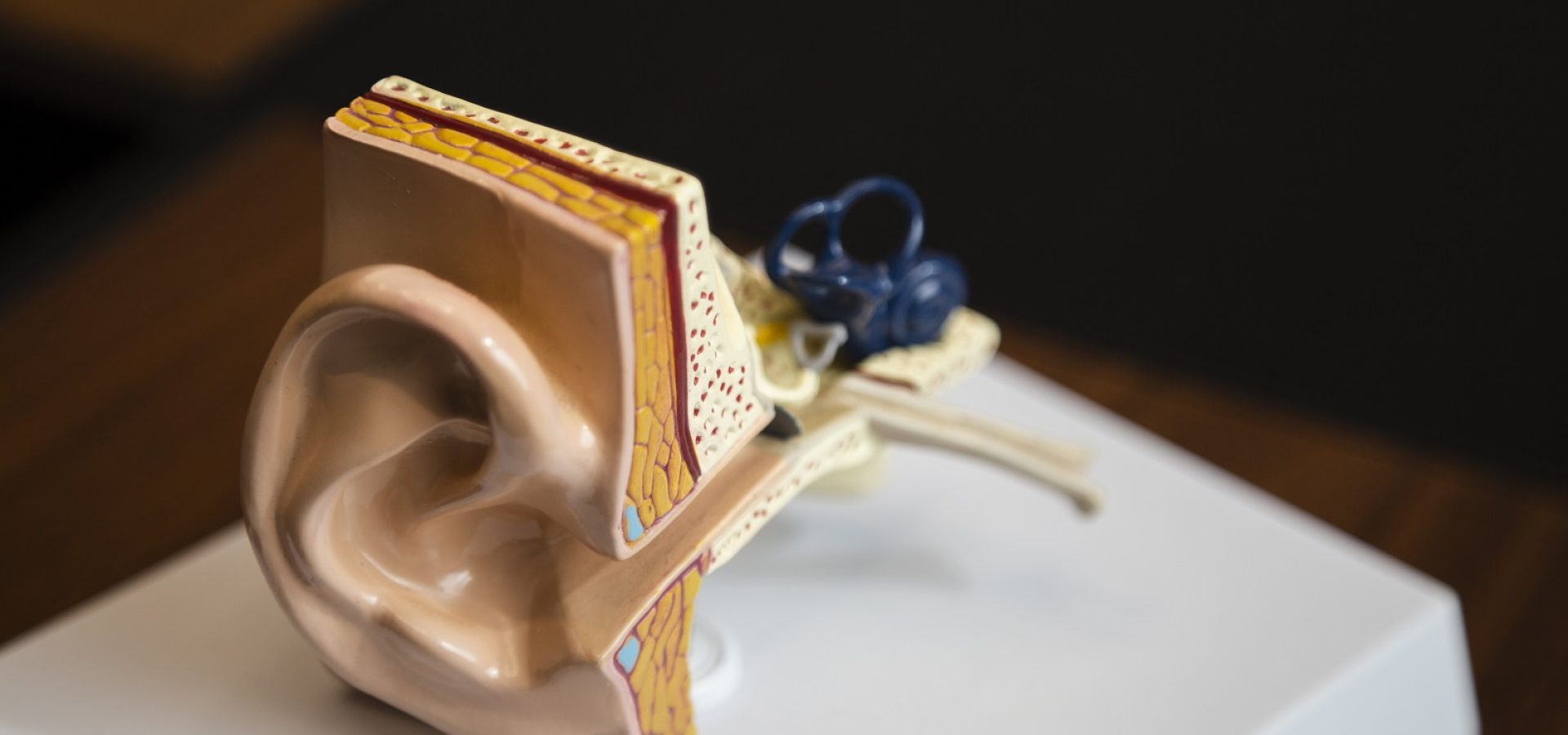Menu

The way we hear sounds may be different than the way other people hear them. You might think that you have a weak hearing, but it’s hard to compare with other people. For some, the level of volume might be enough. For others, the volume can get too much. How do you know if something’s wrong with your hearing? To help you understand more about what happens with your ears, we listed below five facts to know how your ears work.
How does sound enter the ears?
Sound enters the ears the same way that your eyes receive images to be able to see. When the ear collects sound, it travels first to your outer ear, which is called the pinna. This part of the ear acts like a satellite dish that absorbs sound from its surrounding environment. The collected sound thereafter travels through a funnel in the inner ear.

How does the brain process sound?
The inner part of the ear contains hair cells that receive sound vibrations from the outer ear. These hair cells, otherwise known as stereocilia, are grouped together like a rolled-up carpet inside your cochlea. It functions by converting the sound vibrations into electrical impulses. Once transformed, the electrical impulses will travel along the auditory nerve, which is the gateway to your brain. Upon reaching the brain, the impulses can now be interpreted into recognizable sound, which is the sound that we can hear.
How do our ears get damaged?
The hair cells, or the stereocilia, is a vital part of our ear since it is accountable for translating vibrations into electrical impulses. Thus, without the conversion of the sound, it will not have the chance to reach your brain, and you lose the ability to hear different sounds. The hair cells can get damaged in many ways, but the most common way is when your ears are frequently exposed to loud noise. It’s important to note that when the hair cells in your ears are damaged, it cannot grow back. Therefore, you should take good care of your ears.
How loud should your ears hear?
To avoid overexposure to loud noise, you should limit the noise you hear for up to 85 decibels only. If your ears are exposed to noise louder than that, you are at risk of damaging the hair cells. The common noises that exceed the recommended limit are those from concert amps, noisy woodworking, or shooting practice.
Can you hear different sounds in each ear?
Our left and right ears can hear sound differently, which can either be acquired or inherent. It can be acquired if the ears suffer some hearing loss partially or completely since birth. Scientists believe that it can be inherent as well since each of the ears are attuned to different functions of the brain. For example, the right ear can interpret the speech and logic functions of our brain. Meanwhile, the left ear can interpret music, intuition, and emotion.
Conclusion
If you’ve been noticing some difference in how you’re hearing, it might be the time to evaluate yourself. Your level of hearing might still be normal, but it’s better to take precautions to ensure that you are not suffering from hearing loss due to noise exposure.
If you are looking for an audiologist in Langley BC, get in touch with us today for a free consultation.
Share Post
Facebook
Twitter
LinkedIn
Email
Reddit
Pinterest
